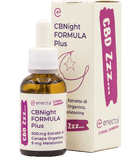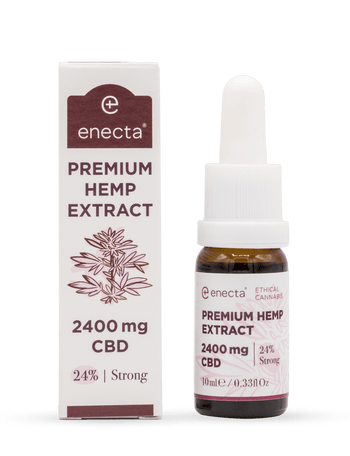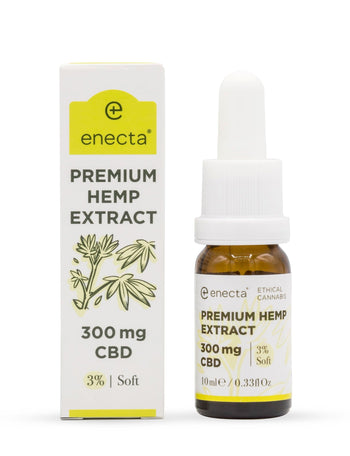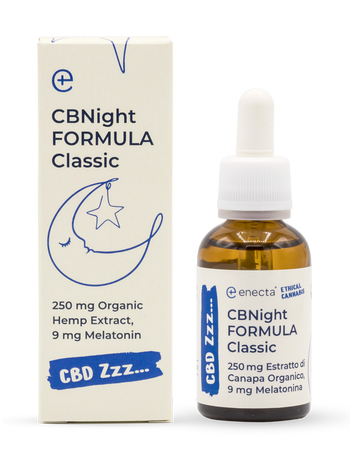Throughout its life cycle, the cannabis plant will produce over 500 different chemical compounds. Just one of those hundreds of compounds has essentially changed the way the world looks at the plant entirely - tetrahydrocannabinol or THC. This incredibly complex compound is known for the high it produces along with medicinal benefits. It is one of the most well-known compounds, along with CBD.
THC is a psychoactive phytocannabinoid that induces a unique high associated with euphoria. Only the cannabis flowers contain the compound known as THC. Although it is known as a psychoactive drug, it is highly effective for pain management, especially in cases of chronic pain caused by inflammation and nerve damage.
When someone ingests THC, it stimulates the brain's cannabinoid receptors and can quickly reduce pain levels. Cancer patients seem to favor THC due to its potential to curb nausea associated with chemotherapy. It's also popular due to its ability to boost appetite.
Let’s take a look at how THC makes you feel physically and mentally, and what the most popular methods of ingestion happen to be.
How Does THC Make You Feel?
While the experience of using THC is usually different and somewhat unpredictable for everyone, certain effects are commonly associated with using the substance.
When someone uses marijuana, their sensations and feelings can easily be affected by various factors that have nothing to do with the actual drug. The sensitivity of the person ingesting it, their surroundings, how comfortable they are with the people they’re with, their frame of mind, and environment are huge factors that can alter the experience for better or for worse.
Many other factors will impact your experience. Such as:
- The dose
- The strain of marijuana
- The potency, or how much THC is present in that particular strain
- Whether you smoke it or eat an edible
- How often you use marijuana
- Whether or not you are using other substances at the same time.
While you probably aren’t going to literally hallucinate, using marijuana may result in altered sensory perception. Faces of familiar people may seem strange, certain words may sound funny or different when said out loud, among other things. Smoking too much when you aren’t used to it can easily make you feel overwhelmed, paranoid, and generally uneasy or nervous.
You may experience something called “the munchies.” Where you eat larger portions and sometimes strange combinations of food. Some people have reported that THC also boosts creativity and motivates people to be more imaginative.
THC may cause you to feel:
- Euphoric
- Relaxed
- Entertained
- Amused
- Creative
- Hungry
- Happy
- Comfortable
More unpleasant and undesirable feelings caused by THC may include:
- Stress
- Anxiety
- Nausea
- Confusion
- Panic
- Increased heart rate
- Paranoia
How do you consume THC?
While CBD has a few extra options, such as capsules and crystals, there are quite a few different ways of ingesting THC. You may even feel different if you choose one method compared to another. Here are a few popular ingestion methods.
Smoking marijuana to feel the effects of THC has to be the number one choice on the list of methods of ingestion. This method will produce the quickest results and make you feel its effects the fastest. The reason is that it is almost immediately absorbed into your bloodstream via the lungs.
While smoking marijuana may be the most common way to ingest THC, it doesn’t always work for everyone. Some people who have asthma or just don’t enjoy the burning sensation may opt for one of the other choices of ingestion.
Edibles are hugely popular among the marijuana-using crowd for many reasons. The ability to be discreet, avoiding the lingering strong skunky scent of marijuana smoke, being able to manage and control your dosing more carefully and the taste are just a few of them.
Some people also enjoy the huge variety they are offered when it comes to THC infused snacks and drinks. You can pretty much find THC in any form when it comes to edibles, whether you have a craving for a slice of chocolate cake or a bag of cheddar cheese flavored popcorn.
Edibles seem to be a more popular choice for older people who need to control how much THC they are consuming, and also because they appreciate the ease of just being able to eat a portion of a snack to feel its medicinal, pain-relieving effects.
It’s important to note that choosing edibles over smoking will take longer to feel its effects because it has to be digested first.
Just like how you can find CBD oils, they also have THC infused tinctures and oils available on the market. Medical cannabis oils are extremely concentrated and are very easy to use. This is especially good for people who require higher doses, therefore smoking or eating edibles isn’t a good option when it comes to their personal needs.
If you can find them, liposomal oils are even more effective. This type of THC infused oil ensures that the medicinal cannabinoids are encased in fat, which produces fast delivery and allows your cells to absorb more cannabinoids and make better use of them.
THC along with ingesting marijuana isn’t solely for recreation, and not everyone’s main goal is to get high. Many people find tetrahydrocannabinol to be a potent pain reliever and can help tremendously when it comes to living a more comfortable, less painful life.
































